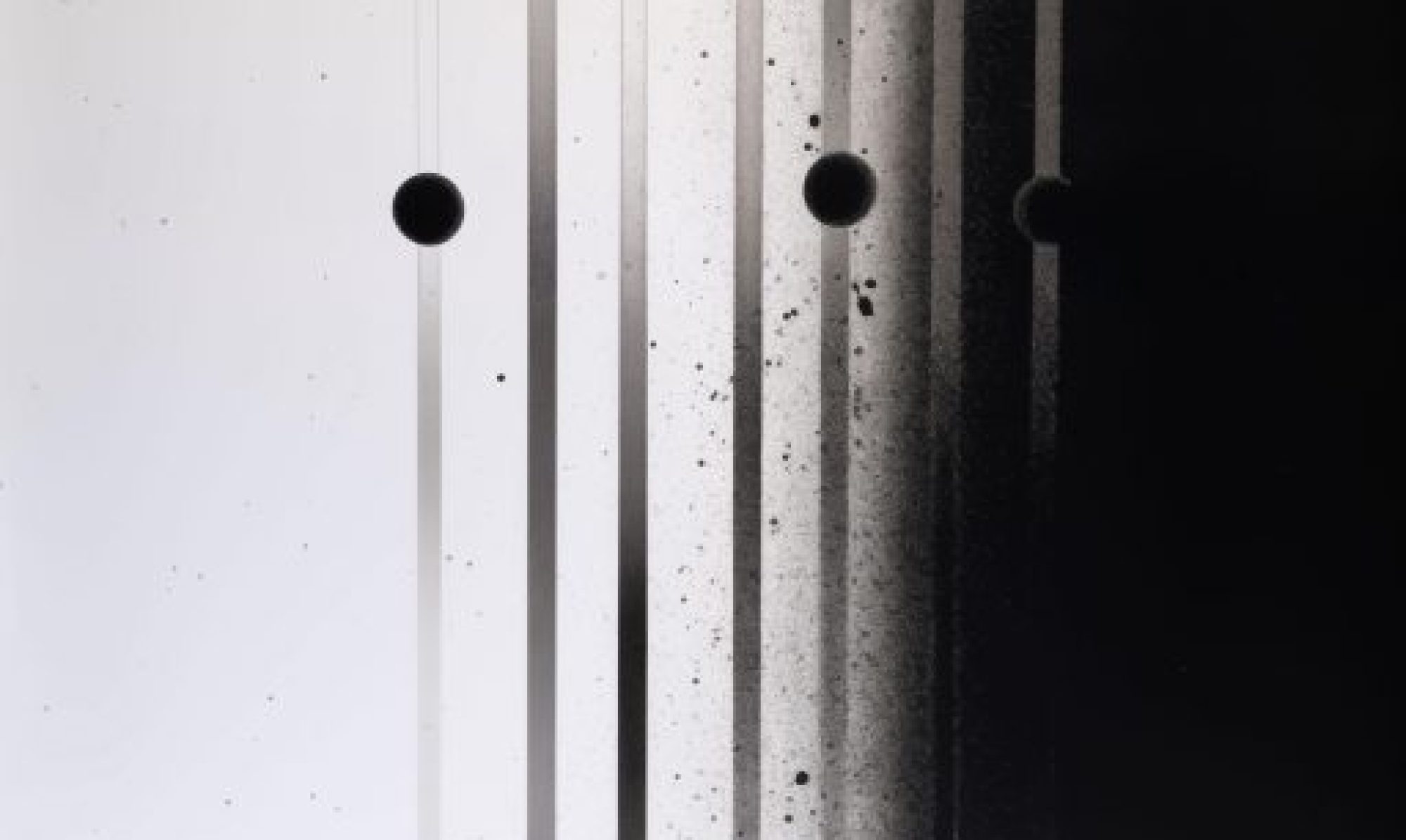EXTRACT-PORTRAITS OF SOUNDARTISTS (NVO_011)
It is encouraging that at last there seems to be a genuine groundswell of interest in the sonic arts here in the UK, in part stimlulated, no doubt by groundbreaking tomes by David Toop, followed by his inspirational Sonic Boom Festival in London some years back, which to some extent defined the paradigm shift in public understanding and acceptance of sound art. The accompanying book/catalogue was also representative of a weighty cross- section of sound artists in the world at the time. This was followed by another thoroughly defining book, “Blocks of Consciousness” issued by Sounds323, that has quickly become a kind of ready reference manual for neophytes, would-be sound artists, and sonic art adherents alike. The arrival in the UK of artists such as Alva Noto, Ryoji Ikeda, and RLW, playing in prestigious venues such as the Barbican, Tate Modern, and Sage Centre, also indicate a subtle shift of interest into more obscure, and radical approaches to sound work. Now comes the beautifully produced EXTRACT, by specialist label Non Visual Objects, whose output over the last couple of years has cast a bright light over the genre of minimalism, with a series of exquisitely produced releases that focus primarily on the ultra-minimal, both in terms of design and presentation.
This book, rather than following tried and tested routes trawling the theoretical aspects of sound, takes a warmer, and more intimate approach by selecting sound artists who are very much “of the moment”, and gaining insights into their psyche by asking stock questions about early influences, recent influences, working methods, collaborations, connections to local art scenes, etc ,etc.
What is interesting about this approach is that it becomes a kind of census of a representative cross section of artists, which in itself reveals patterns and commonalities that perhaps may not be obvious to the layman, and are refreshingly re-assuring to others, like myself, who operate within this field. Some of these commonalities such as encounters with the sounds of air conditioning systems, heating systems, refrigerators etc in formative years are deeply interesting, as they become the catalyst for experiments in later life for many of these artists, and indicate a predisposition to the more cerebral and marginalised elements of contemporary culture.
The majority of these artists also appear to be operating in relative isolation with respect to local music scenes and the art establishment, and it is only via the internet, and their respective record labels that they have been able to connect with like-minded individuals and audience alike. Other common themes appear to be that many of these artists are also deeply interested in nature, and natural systems; they also have great sensitivity to the visual arts (many also being visual artists as well). Recurring themes also appear to be Kraftwerk, Burroughs, Cage, Eno, all in themselves highly revealing as sources and origins of inspiration, as very few of these influences are inherently “minimal” in their approach.
I have deliberately not singled out any one artist for scrutiny here, preferring to deal with EXTRACT as a product to be dealt with holistically. From a purely subjective point of view, the strength of this book lies in it’s position of defining minimalism not only as a musical/sonic genre, but as a microcosmic social network, a spiritual economy based upon the communal exchange of information, goods, and most importantly, ideas. The selection of artists in the spotlight in this publication is by no means exhaustive, and prominent figures such as Chartier and Deupree, Tietchens, Günter, Steinbrüchel, Roden, are positioned alongside relative newcomers such as Dale Lloyd, Tomas Philips, Michael Vorfeld for example. This in turn presents a wider spectrum of possibility for those interested in pursuing the work of all of these artists, and in a wider sense, stimulating interest in minimalism in general. The CD’s enlcosed within the end papers of the book will surely emerge as a “who’s who” of the genre, very much in the way that Selektion’s “Tulpas” did in the 90’s, and will be reviewed here at some later point.
EXTRACT itself is a relatively quick read (I did it in under an hour), but it’s influence, and implications will remain with me, and others for many years, I am certain. An absolutely essential insight for anyone interested in minimalism.
(bgn, white line)






